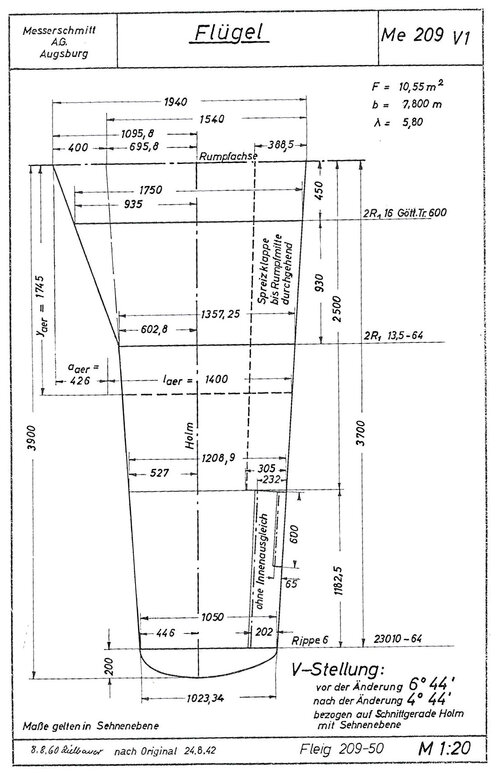These airfoils are uniquely described by the six numbers of their designations:
- The first number indicates the maximum value of the mean-line ordinate (also called the "camber"), in percent of the chord.
- The second number indicates the distance from the airfoil leading edge to the location of the maximum camber in tenths of the chord.
- The third number indicates the section thickness in percent of the chord.
- The fourth number indicates the leading edge radius parameter. The normal NACA 4-digit leading edge radius is designated by a value of 1.1.
- The fifth number indicates the position of maximum thickness in tenths of the airfoil chord.
- The sixth number indicates the trailing edge angle parameter.
Sometimes, these airfoils are given without the last two numbers. In this case, the checkbox can be clicked on and the display will change to this format. The fifth number will be assumed to be 30 and the NACA 4-digit modified expression will be used for the sixth number.
Thus, an airfoil designated "NACA 1.8 25 14-1.1 30/.50" has 1.8% camber, at 25% of the chord from the leading edge and is 14% thick. The leading edge radius is 1.1 times the thickness to chord ratio squared, the position of maximum thickness is now 30% of the airfoil's chord and the trailing edge angle is 2 * arctangent(.5 * t/c). A designation of "0012-.55" indicates that the camber is zero, so the remaining terms are not listed.





